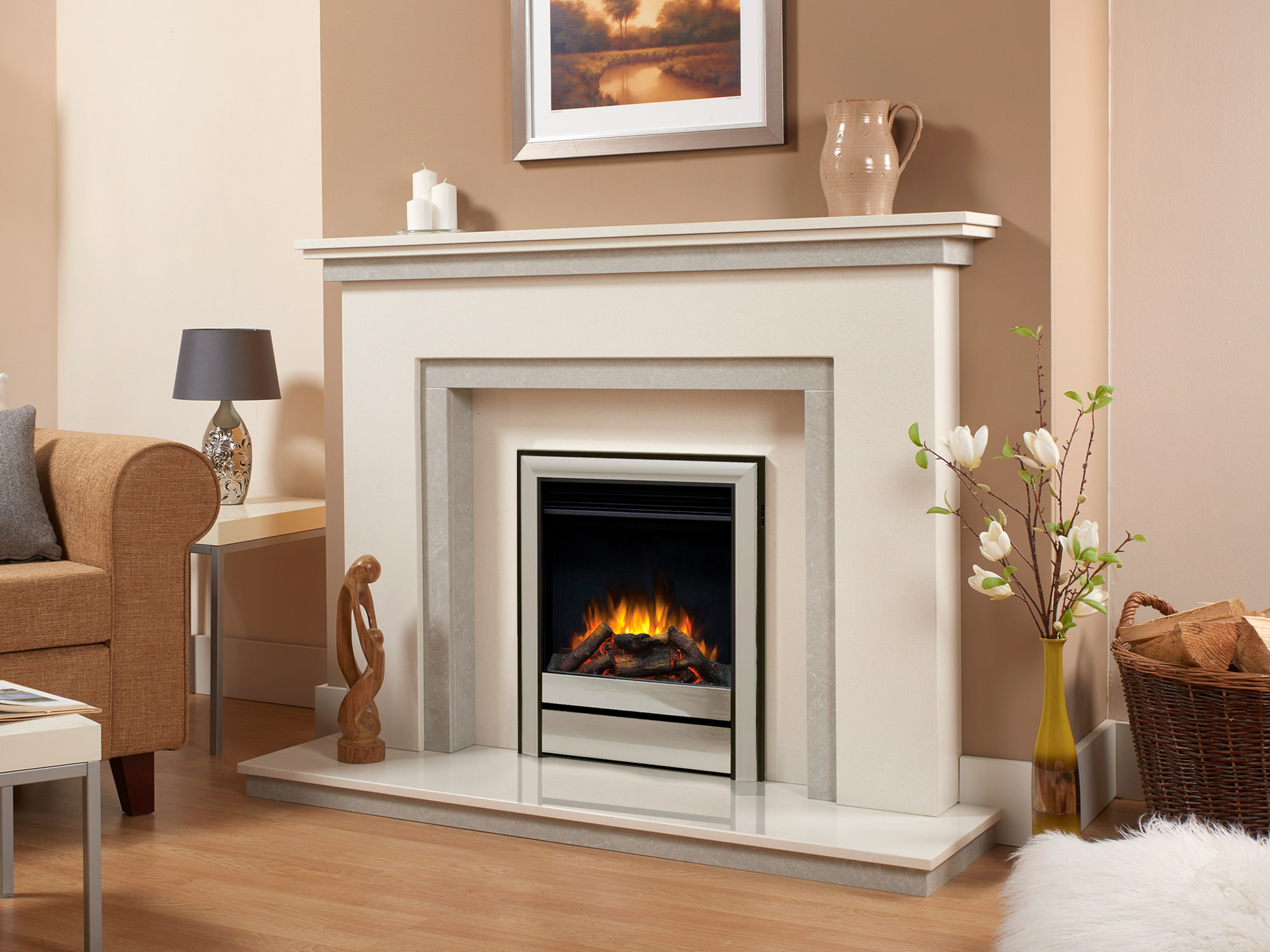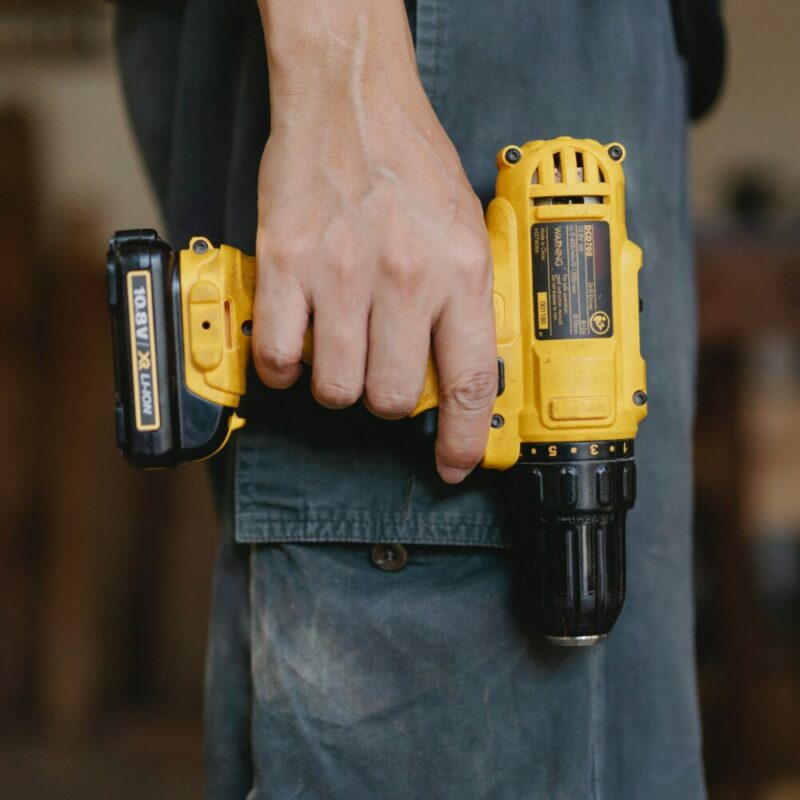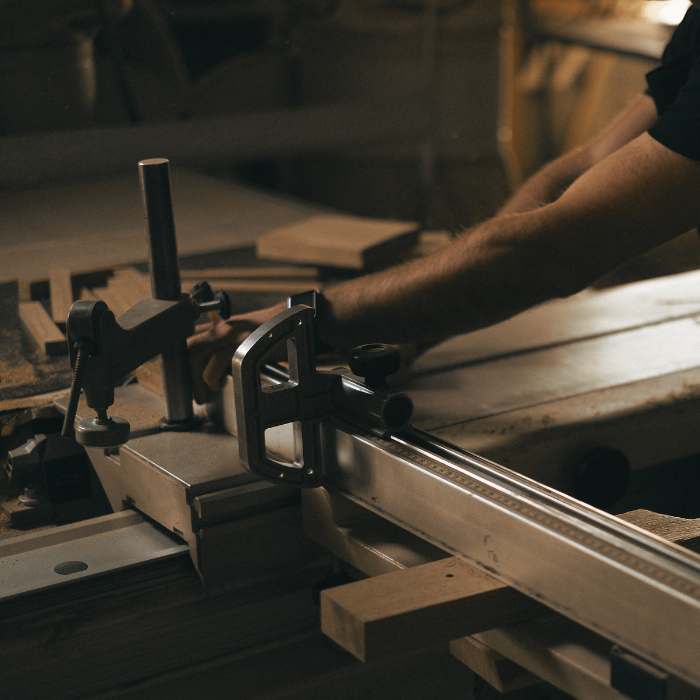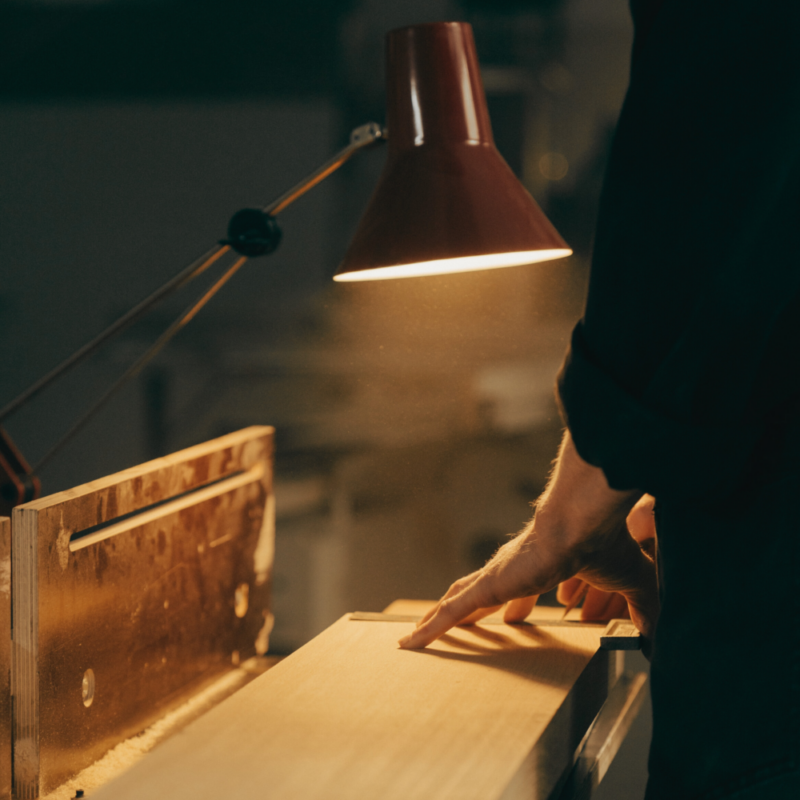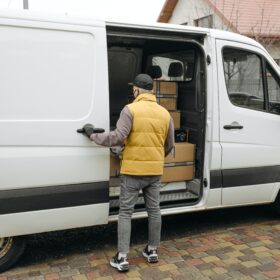Like any other appliance in your home your solid fuelled fire will perform much better if installed, maintained, and serviced correctly. By adhering to the following simple guidelines will ensure the safe and efficient operation of your fireplace and maintain your fireplace looking its best and offering you a lifetime of service, pleasure, and enjoyment!
Three MUST DO Guidelines for the Safe Use of Solid Fuel!
1.Ensure Adequate Ventilation
2.Regular Cleaning and Sweeping
3.Use Correct Fuel
Ventilation
You must ensure adequate ventilation. All heating appliances that burn with a flame needs oxygen from the atmosphere to allow combustion to take place. Safe and efficient combustion requires an adequate air flow to ensure efficient and complete combustion of the fuel. If your home is double glazed and fitted with draft excluder there may not be sufficient air to feed the fire. In extreme circumstances the house may be prone to de-pressurisation where the chimney or flu draws more air from the room and home than can entre it. This will not only lead to the incomplete combustion of the fuel but can cause smoke spillage from the fire back into the room or lead to the house re-pressurising from drawing air through another flue such as the central heating boiler or water heater. Both smoke spillage from a fire or re-pressurisation from another flue is dangerous and harbours potentially fatal consequences from Carbon Monoxide poisoning. The remedy is to install vents or air bricks in an outside wall of the room to allow sufficient air into the room. If an air brick or vent is already there, make sure they are never blocked or covered.
Regular Cleaning and Sweeping
To ensure your solid fuel fire performs safely and efficiently it is important that you do not allow ash or soot to build up anywhere where it might impede the flow of smoke or any other of the by-products of combustion. Do ensure your chimneys are swept on a regular basis. It is recommended a chimney is swept a minimum of once a year if solid fuel is used and twice a year if you are burning wood (see annual cleaning schedule).
Solid Fuel Cleaning Schedule
Daily
Before lighting the fire empty the ash can. Make sure the ashes are cold and be aware there maybe hot coals ‘hidden’ in otherwise cool ashes so place the ashes in a metal bucket or something similar to truly cool outside before tipping in the household rubbish bin. It is recommended you wear thick workman type gloves when emptying the ashes to protect yourself from any accidental burns, soot and dust.
Weekly
If your appliance has a boiler fitted clean the flue ways once a week. Do not attempt this whilst the fire is still burning or the ashes are warm
Monthly
If applicable, clean the throat plate by removing it.
Annually
Have your chimney swept at least once a year by a qualified and registered chimney sweep. Chimney sweeps registered with the National Association of Chimney Sweeps (NACS ), the Guild of Master Chimney Sweeps or the Association of Professional and Independent Chimney Sweeps (APICS ) will have proved themselves to be competent chimney sweeps and work to strict standards governed by each association’s code of practice. Your chimney should be swept before each winter and twice a year if burning wood.
Correct Fuel
To protect and obtain the most out of your fireplace whilst gaining the maximum fuel efficiency only use the fuels recommended by the manufacturer. Solid fuel, as a fuel offers high heat output and as a way to provide primary or secondary heat source for your home represents real value for money. In addition the use of solid fuel proffers the opportunity to introduce a natural beauty and ambience into your home and way of life way beyond and above other more anonymous forms of heating. Click for more information on how to lay a fire and keep it burning efficiently.
The use of incorrect fuels can lead to damage to your fireplace and flue leading to the build up of creosote type deposits in the chimney. This can increase the risk of chimney fires and the risk of smoke and carbon monoxide spilling back in to the room with potentially fatal consequences from a partially blocked chimney.
Always buy your solid fuel from an approved coal merchant.
Additional Advice
Never leave an open fire unattended without a fireguard or spark guard! If there are young children in the household use a securely fixed fireguard! Fit Smoke Alarms and Carbon Monoxide alarms in any room where there is a solid fuel fireplace or appliance and check weekly! It is now mandatory to fit a Carbon Monoxide Alarm with the installation of any new solid fuel fireplace or appliance!
Warning Signs all is not well!
If your fire is hard to light, burns slowly without a flame, and frequently goes out or you smell smoke or suspect fumes are spilling back into the room or house.
Immediately!
-
Open external doors and windows
-
Carefully put the fire out if possible, if not let the fire burn out
-
Vacate the room immediately
Get the fire, flue and chimney checked by a professional. Notify your local authority, housing association, landlord etc if applicable
Do not attempt to re-light the fire under any circumstances until it has been inspected and passed as fit to use by a HETAS or registered chimney sweep!.
“We hope you enjoyed this article. Please share your tips, question and comments below”.

